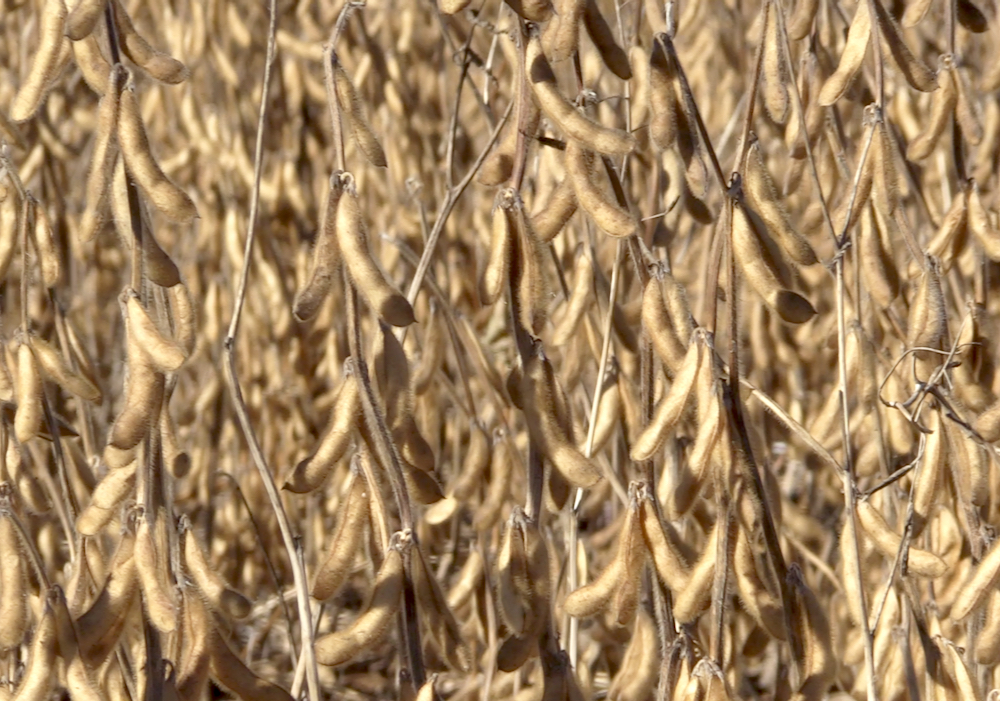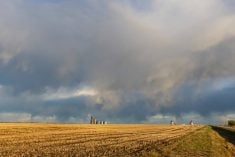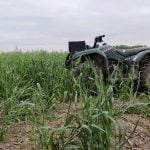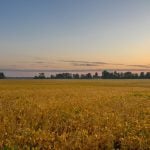It’s been an average year for rainfall in agricultural Western Canada so far this year — or at least that’s what you might conclude from looking at Agriculture and Agri-Food Canada’s “Drought Watch” map showing precipitation since April 1.
But average doesn’t count when most of the rain comes in just a few hours, which was the case for many areas last week. While the most dramatic events were in southern Alberta, there were reports of saturated soils or flooding in parts of Saskatchewan and Manitoba as well.
Read Also

CBOT Weekly: Grain, oilseed futures under pressure
November soybeans lost 23 U.S. cents per bushel during the week, while corn and wheat losses ranged from five to 10 cents.
The flooding in Alberta is described as the worst ever been recorded, partly due to the heavy rain in the mountains in the west of the province. According to the AgroClimatic Information Service of Alberta Agriculture and Rural Development, since April 1, 300 to 500 mm (12-20 inches) of rain have fallen in the area. This is close to the amount that would normally be seen in six months, but most fell in the space of a couple of weeks. The precipitation across the foothills and mountains June 20 is described as very high to the wettest on record.
The floodwaters are receding and the impact is starting to be assessed. “We don’t have a clear idea on the agricultural impact yet as so many of the people in the affected areas are involved in emergency operations.” said Neil Whatley, a provincial crop specialist at Stettler, Alta.
According to the Government of Canada agroclimate impact reporter, only one Alberta district was reporting severe flooding. In Pincher Creek, it’s estimated that more than 30 per cent of crop/pasture land is flooded, with crop losses likely.
Prior to the flood, crop conditions were generally described as good and in parts of the south were in need of rain.
Some analysts anticipate that overall, this year’s weather will benefit Alberta crops. In 2005, the last year Alberta had a significant flood, provincial crop yields were 120 to 140 per cent of the previous five-year average.
“For many of the southern agricultural areas the amount of rain received this season is unusual, but by no means catastrophic. The rain was an amount the soil could handle,” Whatley said.
Manitoba
In Manitoba, heavy rains over the weekend generated some localized flooding in the west of the province and caused the rural municipality of Pipestone to declare a state of emergency.
Excess moisture is also a problem in the northwestern agricultural region of Manitoba. Marnie McCracken, a farm production adviser with Manitoba Agriculture, Food and Rural Initiatives at The Pas, said farmers in the area were dealing with moisture from two different sources.
“There was a major rainfall event over the weekend that brought 100 to 125 mm of rain resulting in many fields being inundated with water. Then there is the water received from the west along the Carrot and Saskatchewan Rivers.”
Most of the area is protected by a system of dikes, recently elevated to protect against Saskatchewan River flooding higher than 2011. However, they will not prevent against extreme rains or saturated soils.
“Even in the flood-protected areas, we are seeing significant standing water in crops,” McCracken said.
In Saskatchewan, no widespread flooding is reported, but no area is reporting topsoil moisture in the short or very short status. The Saskatchewan government crop report for the period of June 11-17 reported localized flooding in most districts.
“Weeds are rapidly growing and some producers are concerned they may not be able to spray fields on time due to wet conditions,” the report said.
— Stuart McMillan writes from Winnipeg on weather and agronomic issues affecting Prairie farmers.
Related story:
In pictures: Southern Alberta in deep, June 24, 2013















